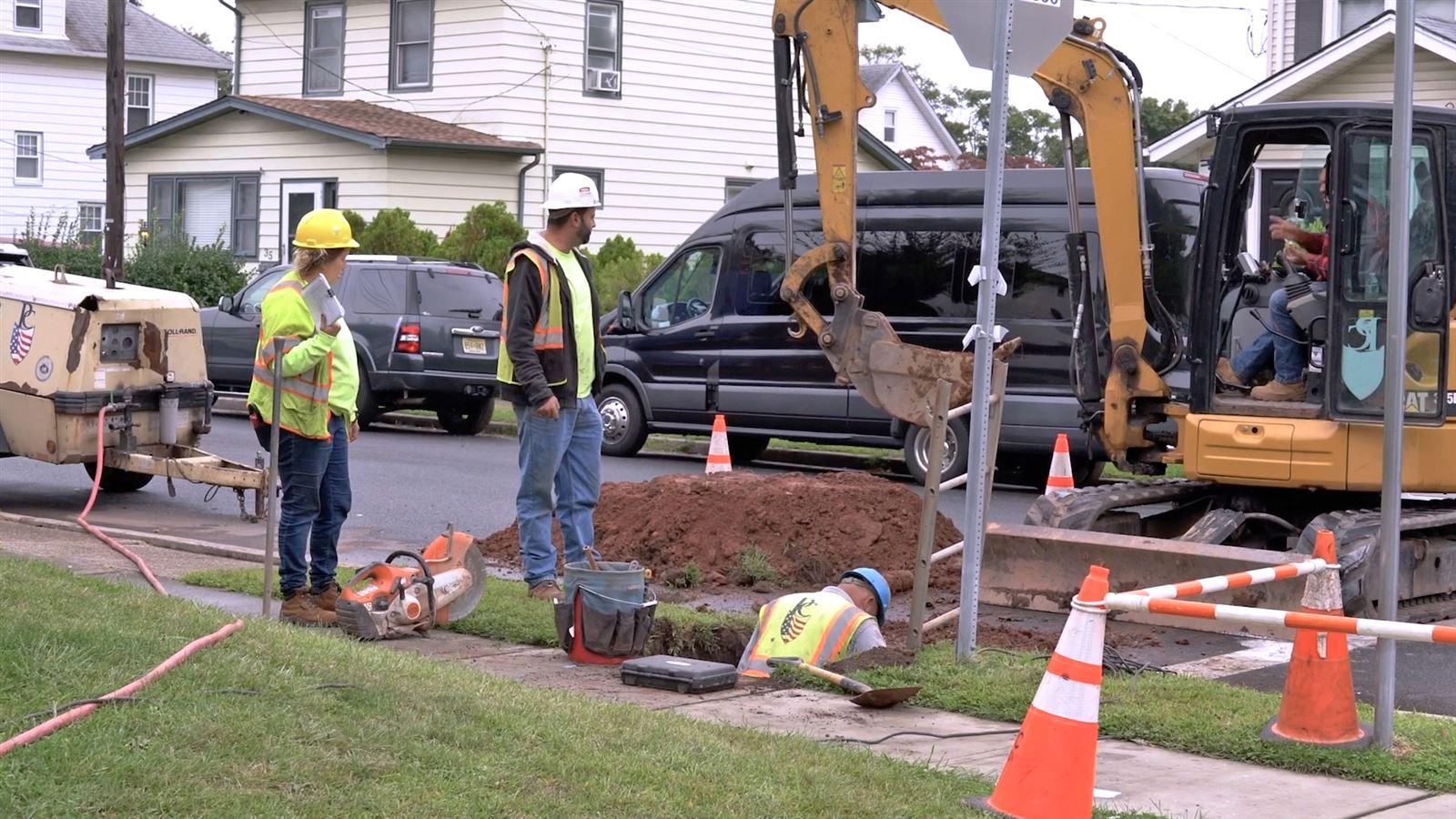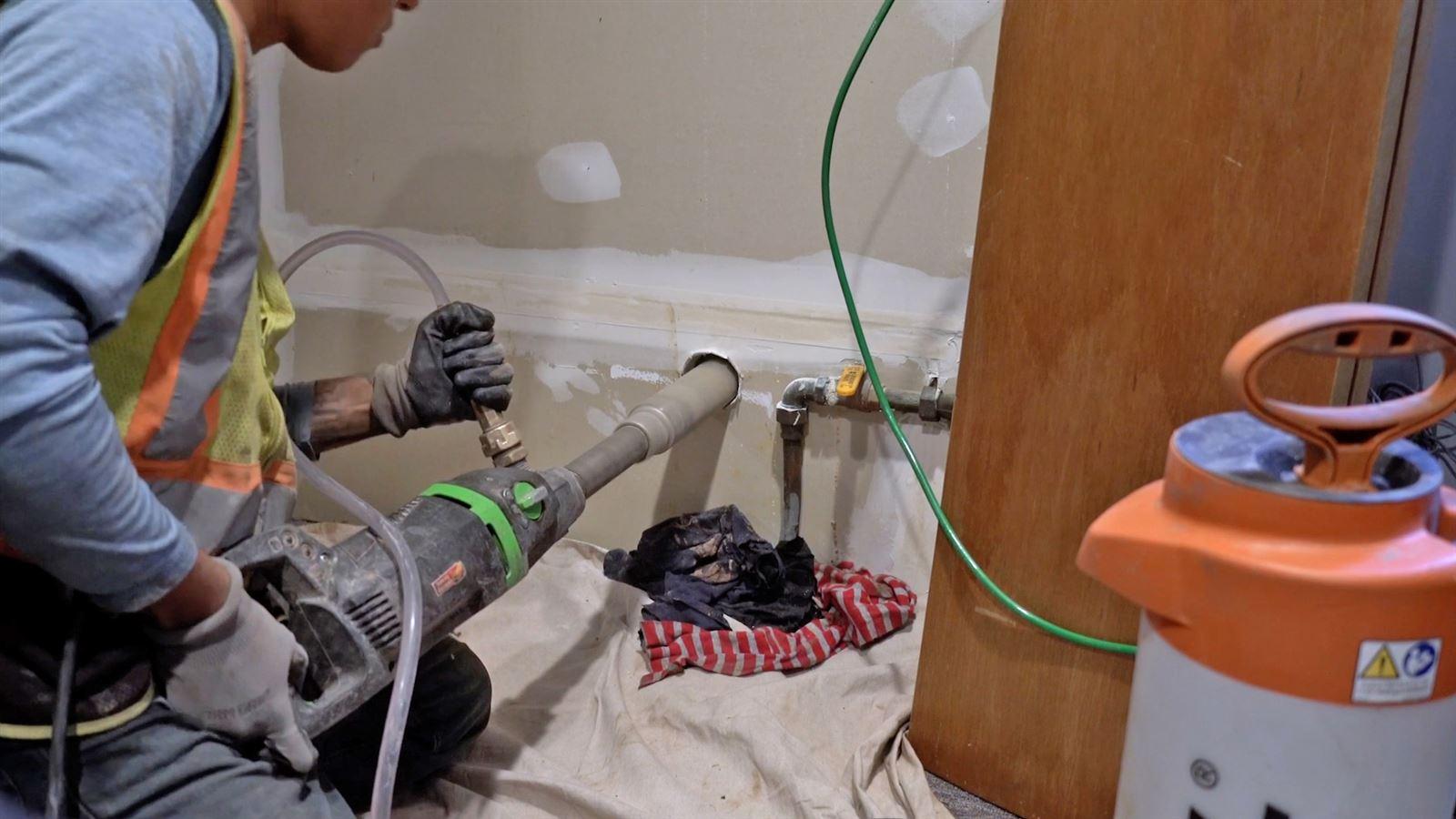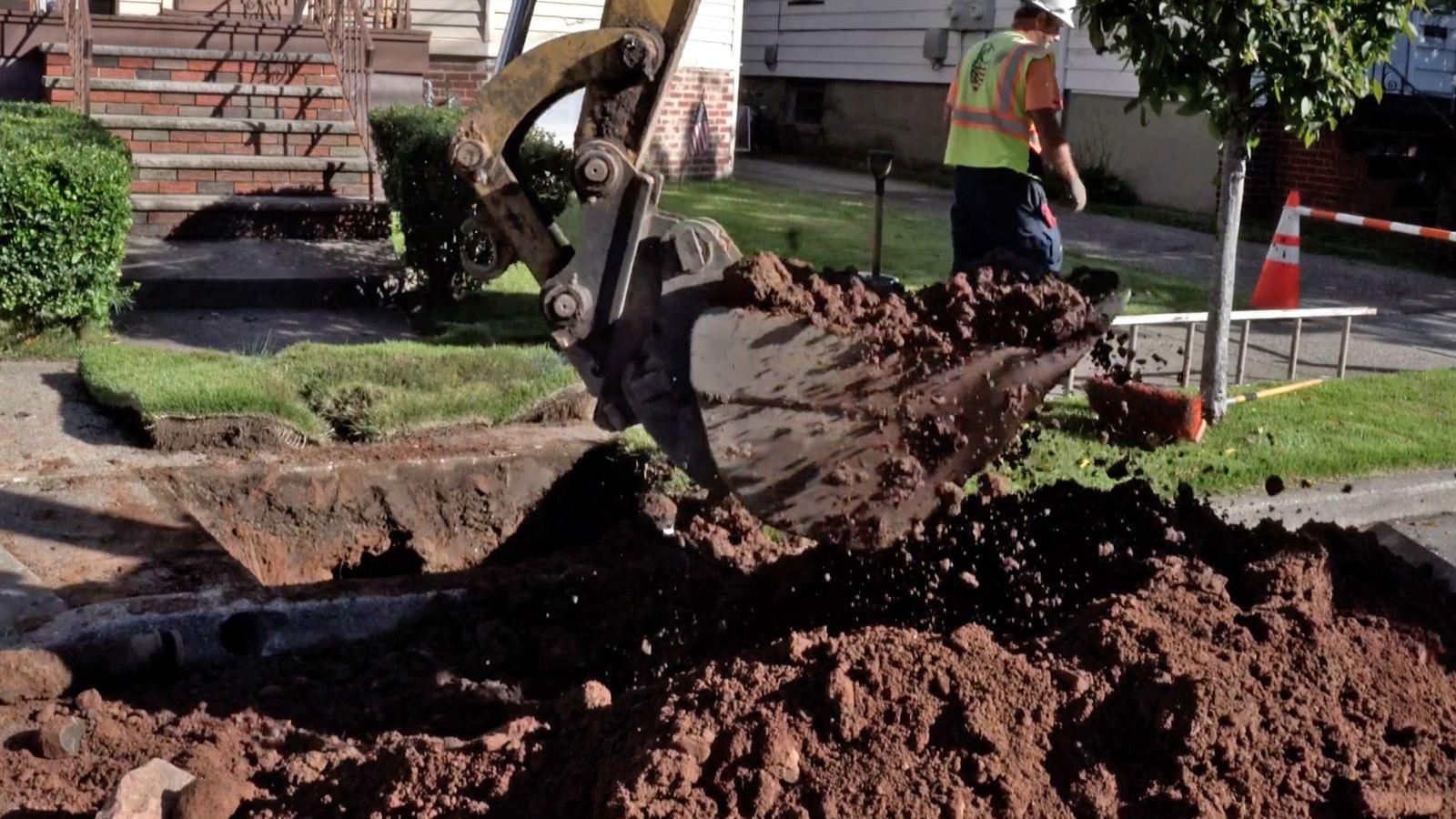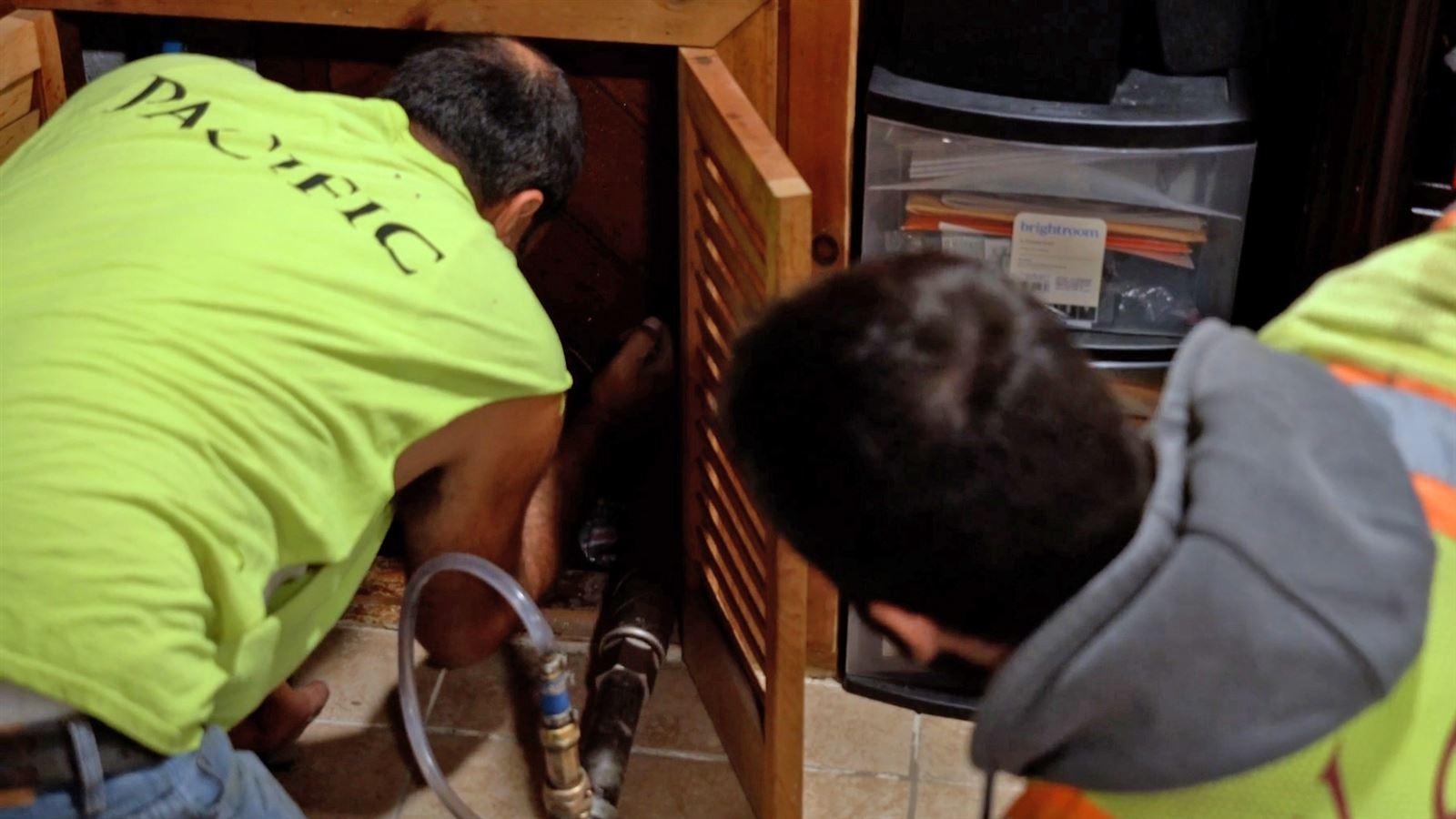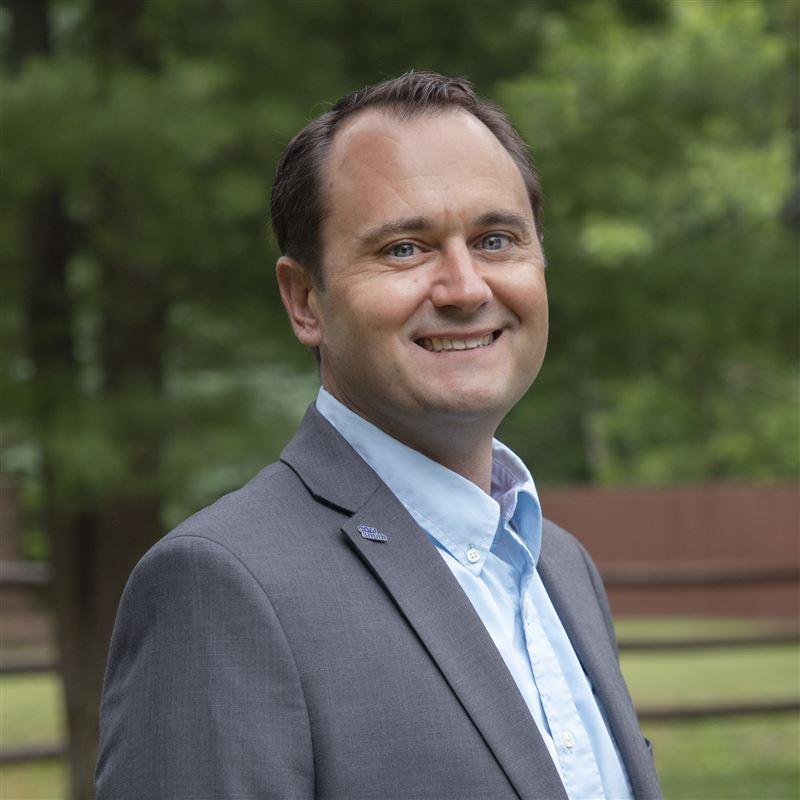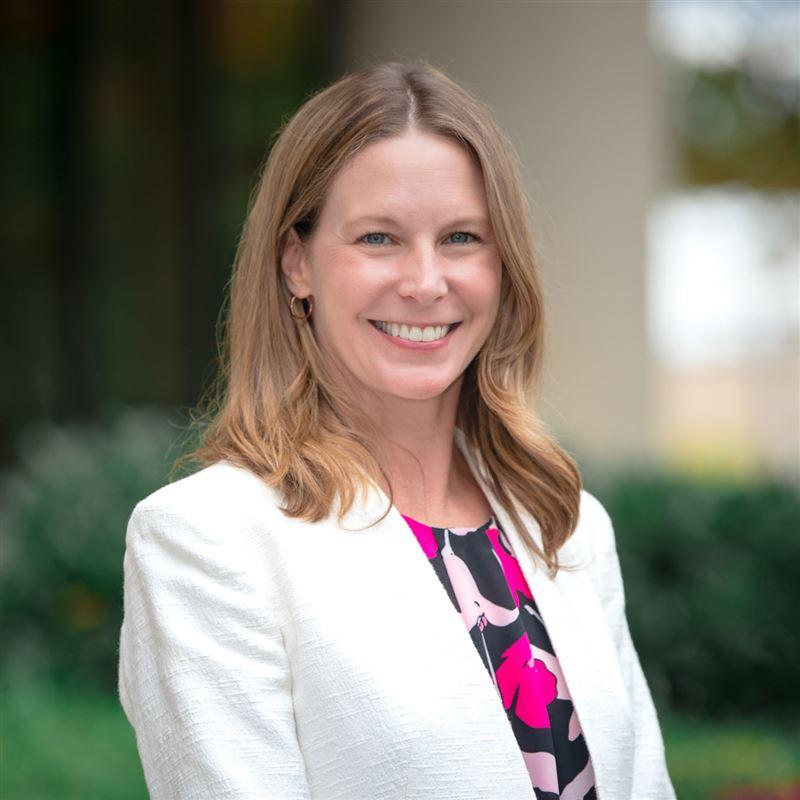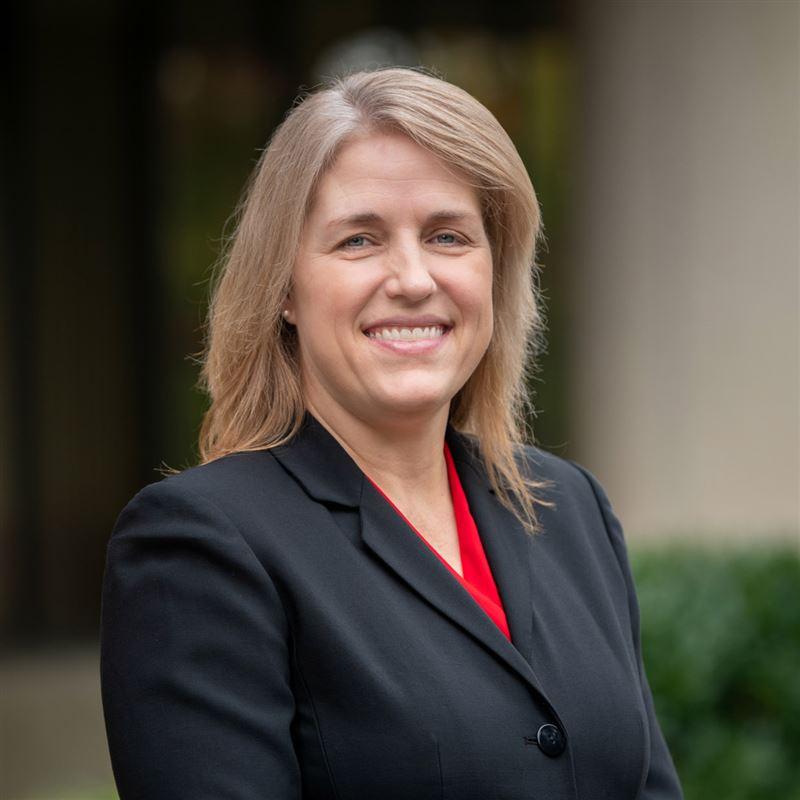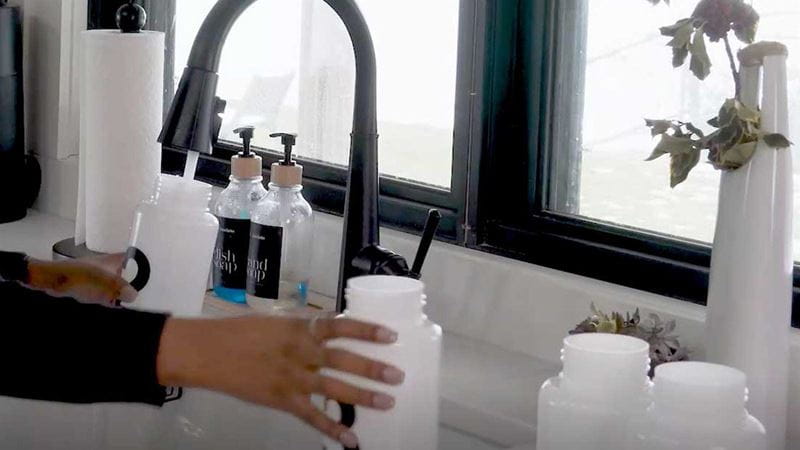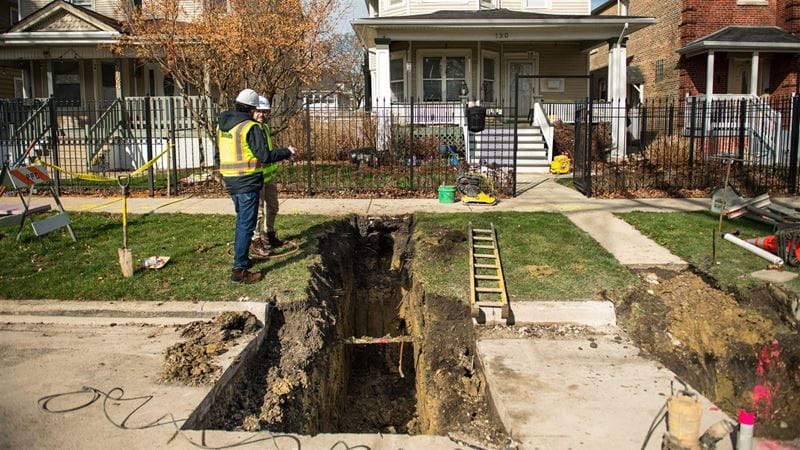Removing Lead Service Lines in North Jersey
PVWC and CDM Smith’s lead in drinking water team took a programmatic approach to developing its lead service line replacement program (LSLRP). Seamless coordination between the utility, consultants, contractors, and water customers has been a crucial part of this program’s success. To deliver this community-based project built on trust and safety, the team has focused on reaching, educating and engaging water customers.
Tackling material investigation and public outreach
PVWC needed to resolve thousands of customer records that were missing vital information, and they engaged CDM Smith’s experts to help by performing field verifications and desktop analysis. During this process, the team was able to eliminate duplicate entries, get rid of fire service records from the lead service line (LSL) inventory, and obtain sub-centimeter survey points of the curb stop and point-of-entry into the buildings. “Canvassers worked with our GIS team to get the information we needed, including home addresses with service lines marked as ‘unknown’ material in PVWC’s records. Our initial objective was, okay, we’re going to get this canvassing team out there and we’re going to visit these homes as many times as we need to turn the ‘unknowns’ into ‘knowns’,” says Sean Moore, construction representative.
Dima Ismail, fellow construction representative, adds, “We started a new cluster investigation to cross reference the data we have with the service lines that exist. In the field, we found some different or additional service lines than what the records were telling us, so it was key to capture all of this information accurately so our crews know where to start.”
Engaging with the public every step of the way
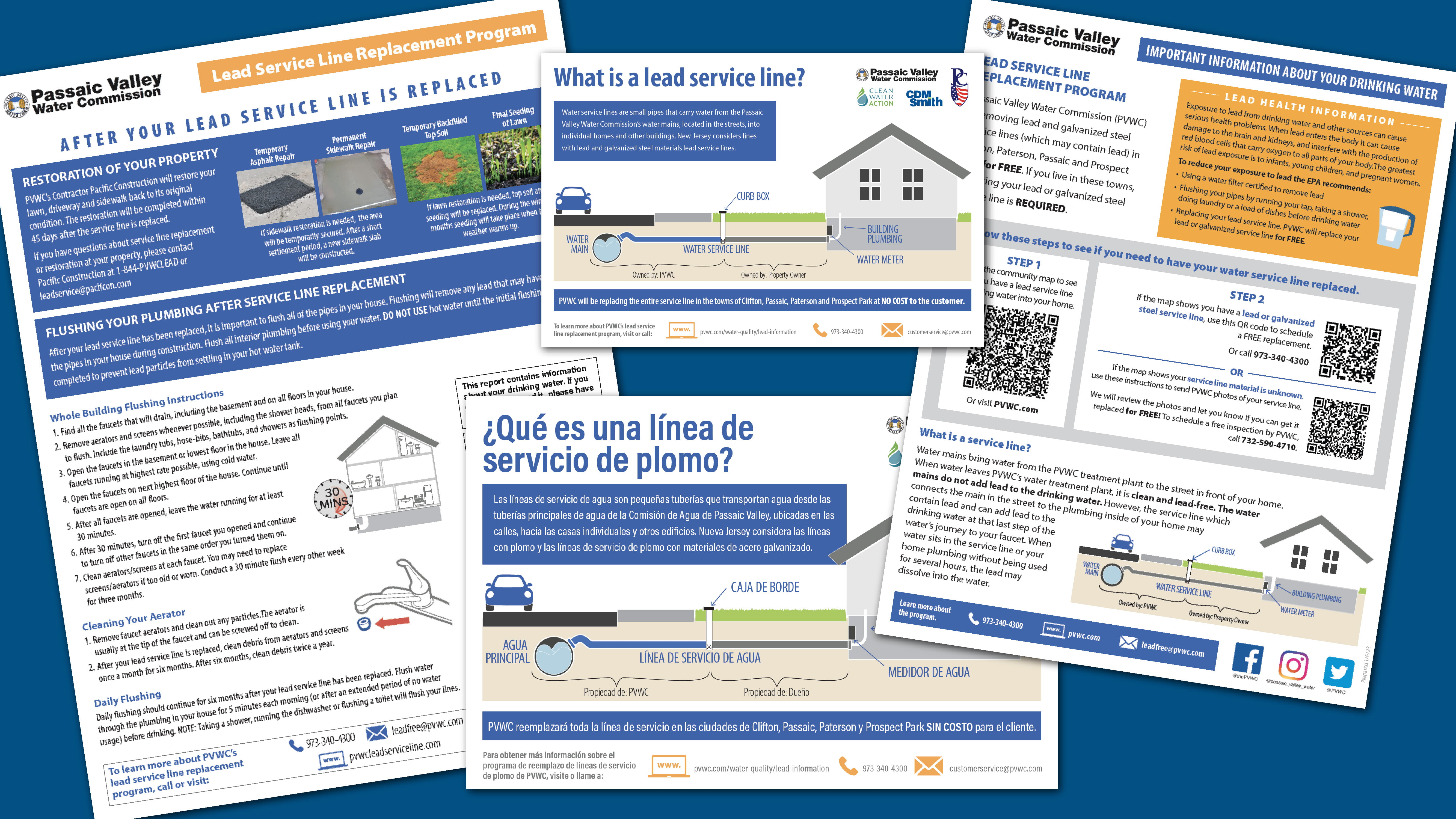
CDM Smith’s public communications experts are actively handling the outreach portion of this program, creating custom educational materials like one-page handouts, postcards, door hangers, and press notices. “It’s our goal to explain the health benefits and the construction process in nontechnical language so the homeowner knows exactly what to expect. We don’t want any surprises about the work that’s taking place,” explains Rina Dalal , lead in drinking water communications expert. “Effective communication essentially keeps the utility’s brand and reputation intact.”
It's a privilege to work on a project like this because you're playing an active role in helping someone have access to clean drinking water.
“In a broader sense, we think about what we need to do to get community buy-in. It’s about getting the right information and the right materials together, then understanding what languages they need to be translated to,” Dalal adds. “Our team conducted a demographic analysis to assess the most common languages spoken in the community. In this case, it was English, Spanish, Arabic and Bengali.”
The team is managing a door-to-door campaign and working with professional canvassers to encourage residents to sign up for the program. The significant number of Spanish speakers motivated PVWC to engage local, Spanish speaking staff to support outreach efforts. “The canvassers live in the locations where the replacements are happening. They’re familiar with the area, they know how to get around, and they know the right people to talk to. It’s a very boots-on-the-ground effort, so that community knowledge was important for PVWC,” says Moore.
Leveraging data tracking dashboards and visualization tools
Building out a strong database and management system has been paramount to PVWC’s success. Leveraging digital platforms like ArcGIS and Kahua, the team built a digital database that PVWC can use now and into the future to track each step of the LSLRP. All replacements under this project are tracked using ArcGIS with data visualization using Power BI.
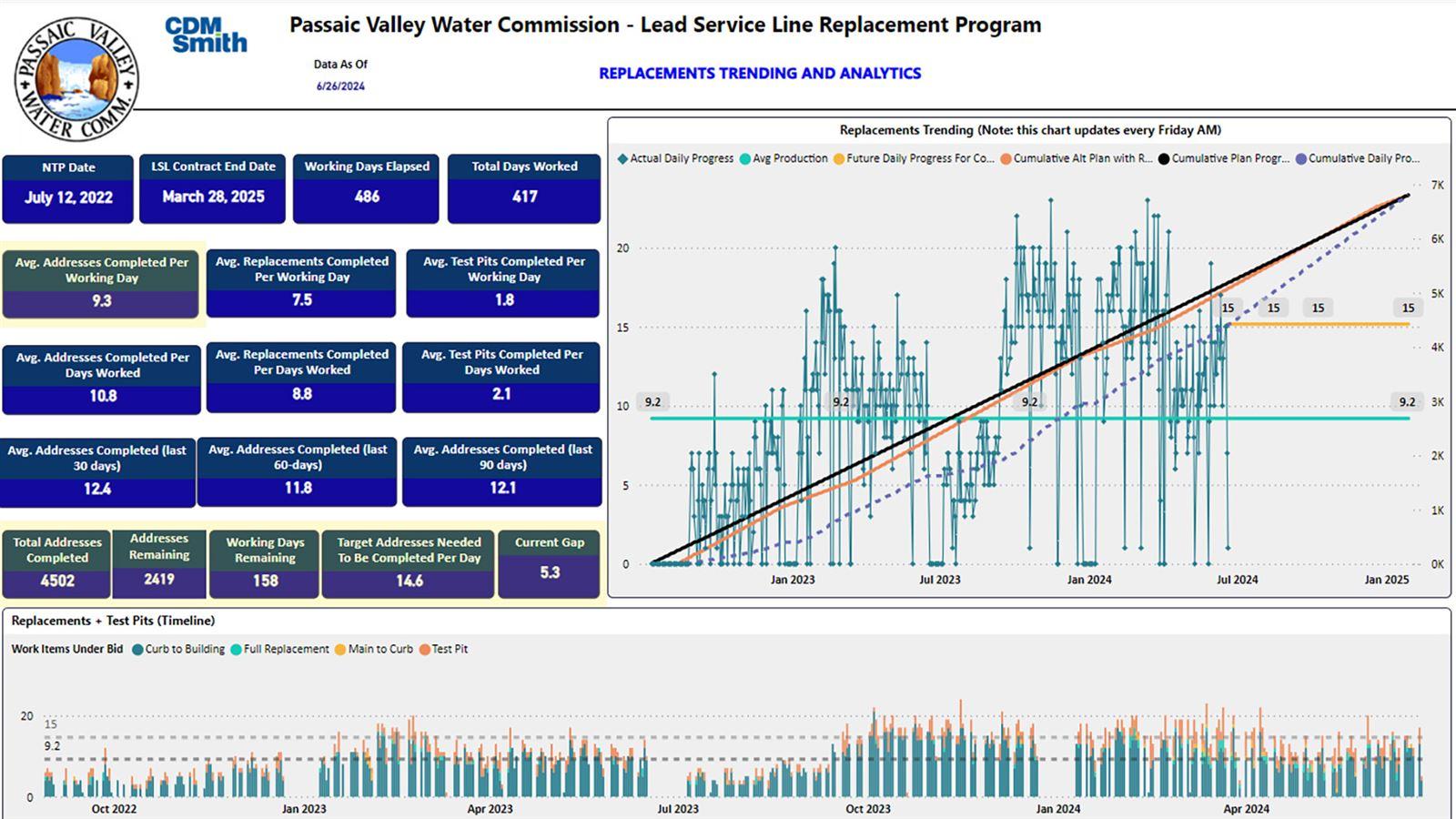
A public-facing website, below, helps customers quickly determine if they have a lead or galvanized steel service line, and what actions to take if they need a replacement. “This is my favorite tool; you can click on a single circle and discover so much information about a home,” explains Dalal. “For instance, we can inform the homeowner what material their service line is made of on the partial and private side, their program status, and what they can prepare for after construction. It’s a whole communication spectrum for customers and the utility.”
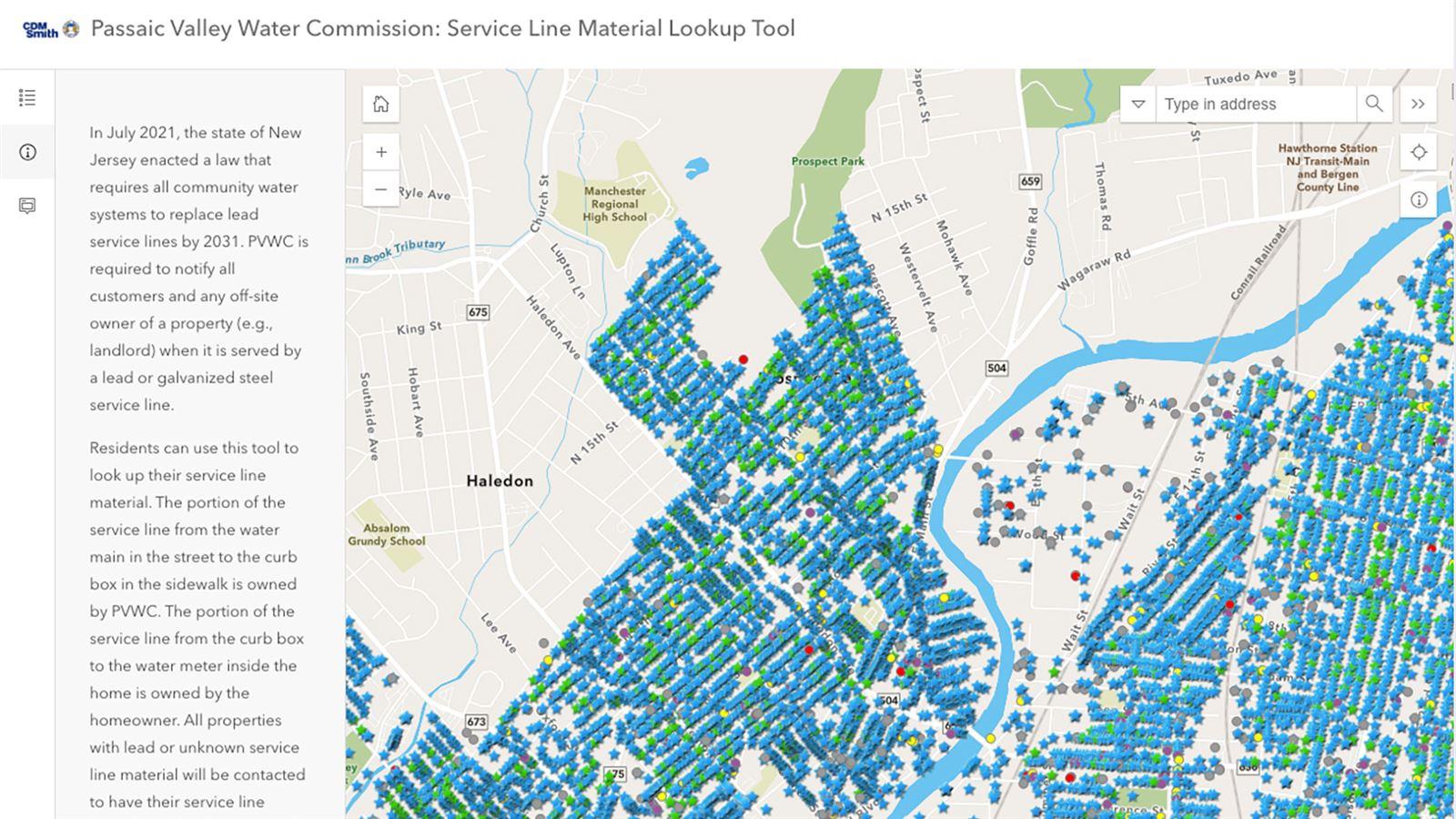
Deploying program and construction management pros
“On the construction side, multiple crews are out in the field each day, working across Clifton, Passaic, Paterson and Prospect Park. While some focus on replacing the service lines, others follow closely behind to restore the surrounding area. They make sure both the infrastructure and the neighborhood are left in good shape,” Ismail says.
PVWC's construction contract is focusing on replacing thousands of lead services through funding from the New Jersey Infrastructure Bank (NJIB), which is New Jersey’s State Revolving Fund (SRF). The CDM Smith team is managing all NJIB reporting documents, including plans for using socially and economically disadvantaged (SED) resources, monthly reports, payment submissions for reimbursement, and closing documentation.
“I want to commend the work PVWC does on their end. This is a massive undertaking. Each home is essentially its own project, requiring careful coordination, communication and follow-through,” Dalal says. “They do a great job of receiving customer questions and getting them resolved quickly. The faster we’re able to address those customer concerns, the faster we’re able to build public trust and the faster we can get the lead out.”

The faster we address customer concerns, the faster we’re able to build public trust and the faster we can get the lead out.

